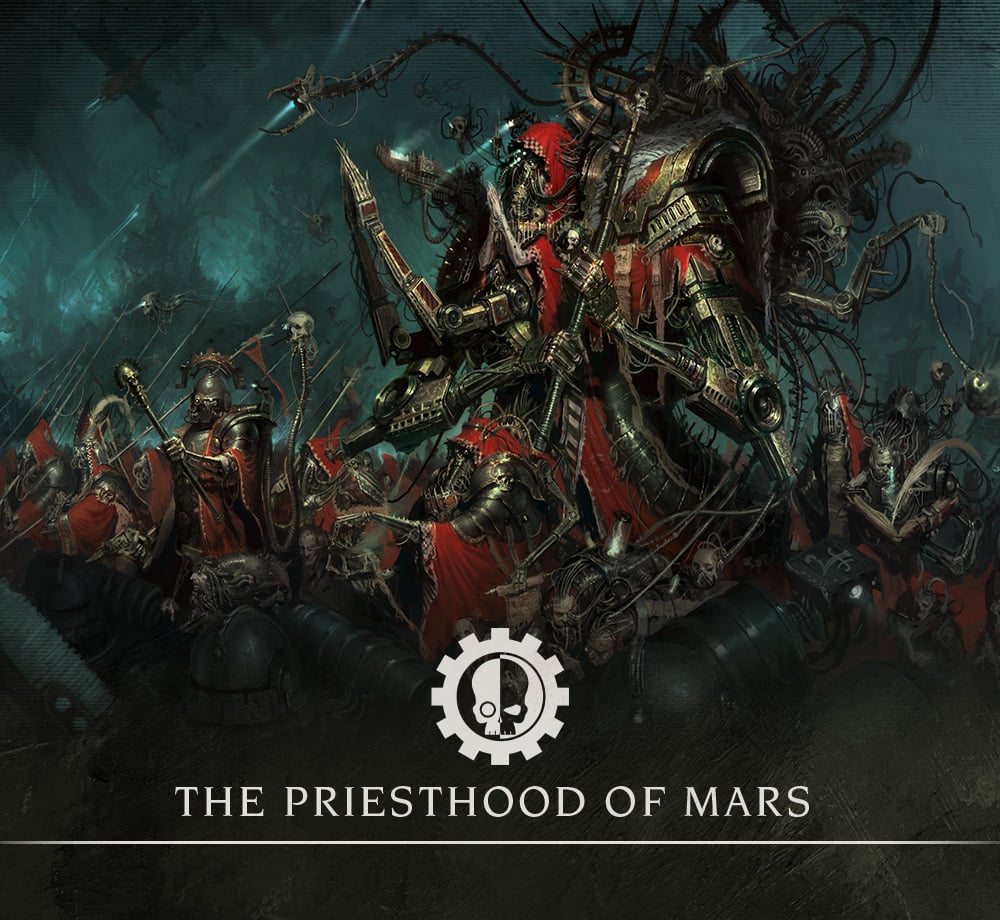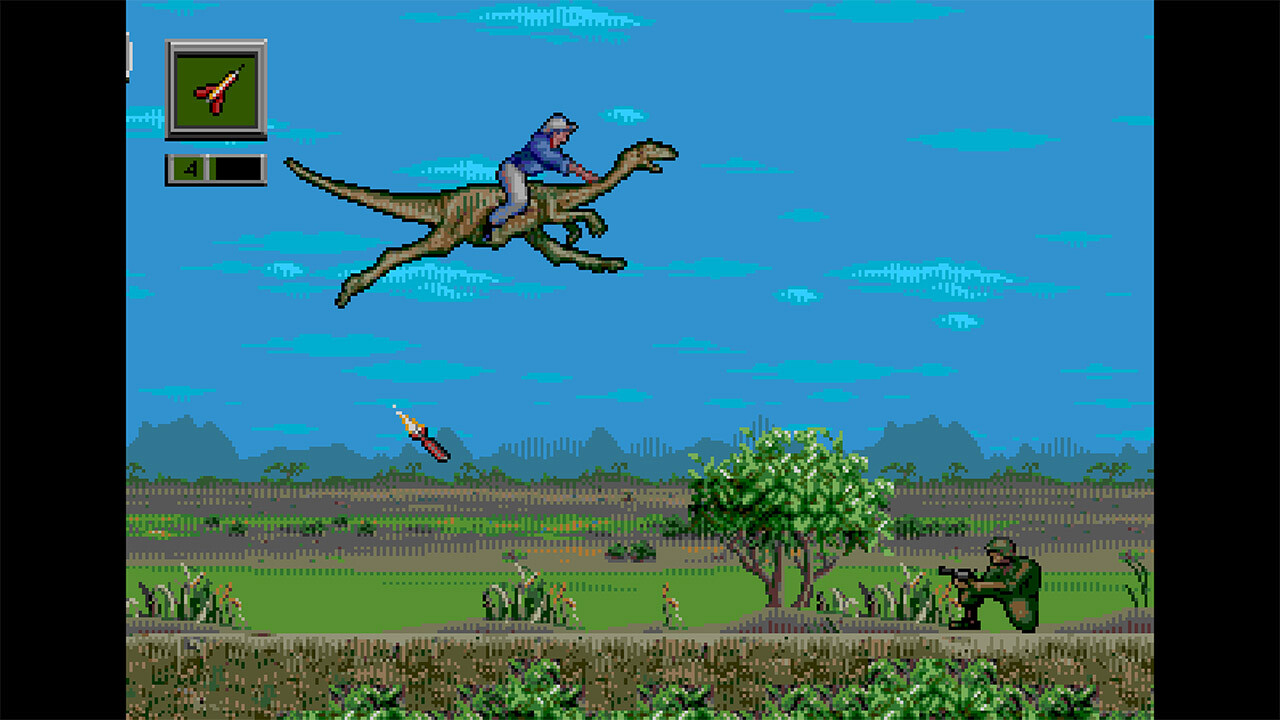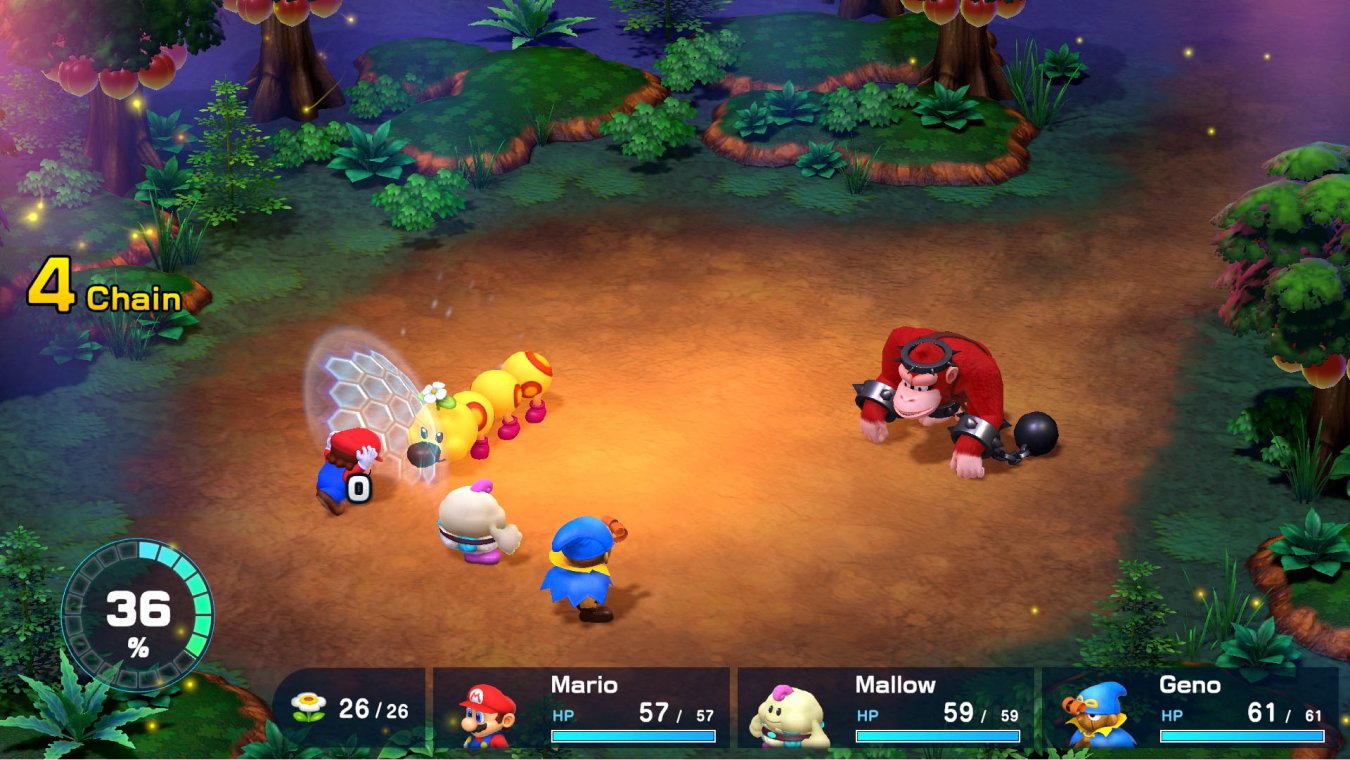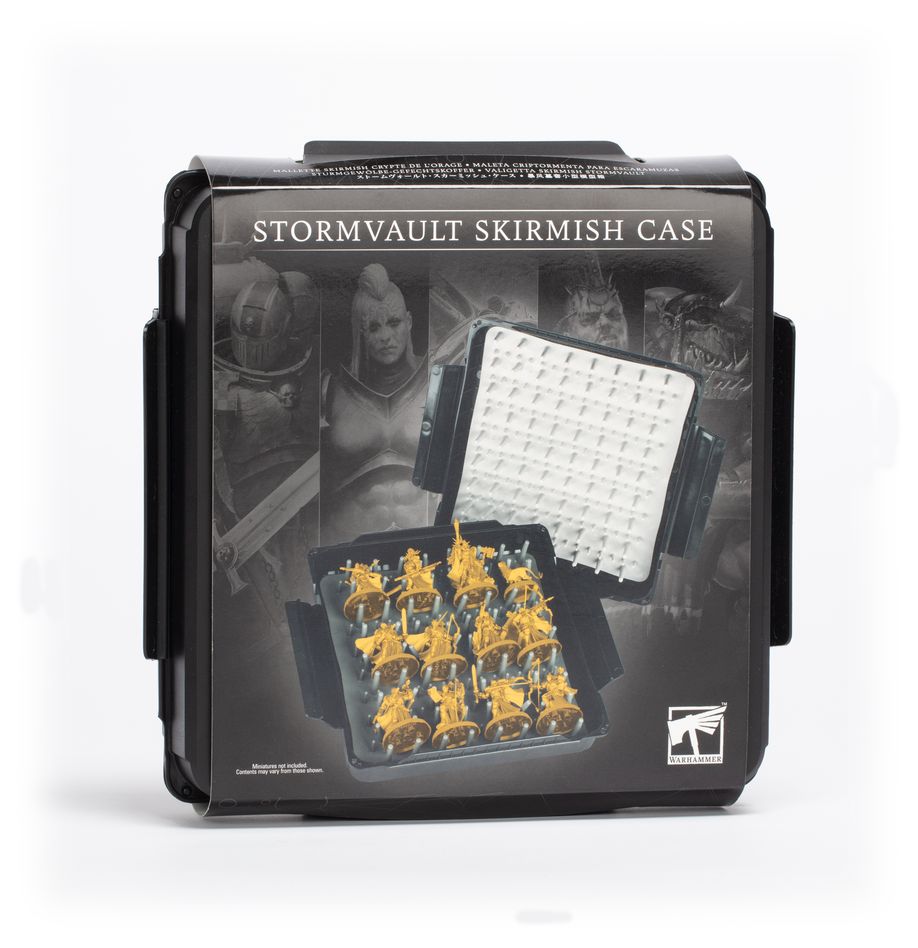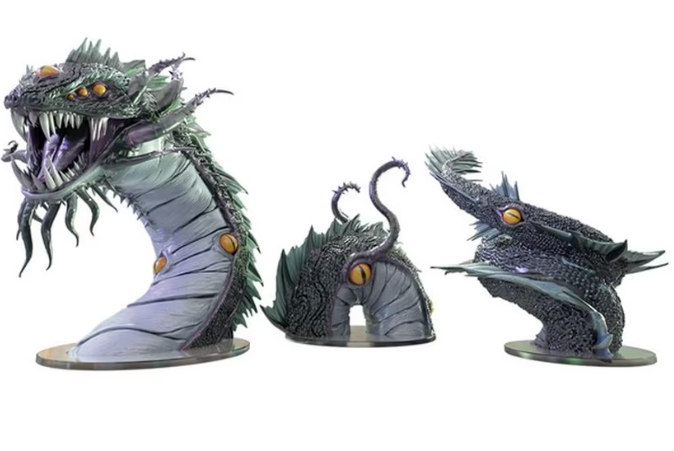The grimdark world of Warhammer 40,000 is crammed full of all sorts of weird and wonderful factions. One that stands out above the crowd is the Adeptus Mechanicus, a horrifying branch of humanity in which technology has become a religion and living flesh is regarded as a weakness to be overcome with steel. They’re a strange blend of religious fanaticism and cybernetics who call a ruined red Mars their home and have some of the wildest models, stories, and games in the Warhammer range.
Codex Adeptus Mechanicus (2023) presents the new background material and rules for the tenth edition of Warhammer 40,000. The bulk of the book focuses on being a source of inspiration for building your Adeptus Mechanicus army.
40K is a weird, heavy metal-style setting with horror overtones, and this book is instrumental in getting your head around the aesthetic of these strange beings. This is a faction that distrusts computers so much that it uses human brains as
We get lots of art, some fairly creepy stories and plenty of photographs of the models. The text is clearly laid out and easy to read. It makes for a fun flick-through because this book is more of a reference source for a specific bit of the vast Warhammer setting rather than a straight-up rulebook. We only received the digital version for review, so we can’t confirm the quality of the actual book itself.
Rules-wise, it’s theme first, then playability. In this case, these two things complement each other very well. For example one of the doctrines you can give your army is the Rad Zone Corps; these are units that irradiate the warzone first because radiation doesn’t matter to this army of cyborgs. In the game, this means they’re adamant. On the other hand, we have the Data Psalm Conclave, religious lunatics who use technology to pull off incredible miracles.
Game-wise, this means that key units get better-saving throws and avoid more damage, as their faith (and a little bit of technological know-how) gets them through.
Compared to previous editions of this codex, this has a good balance of rules ‘crunch’ and story-telling ‘fluff’. If you like cool cyborg fanatics and grim dark space fantasy, check this out.


